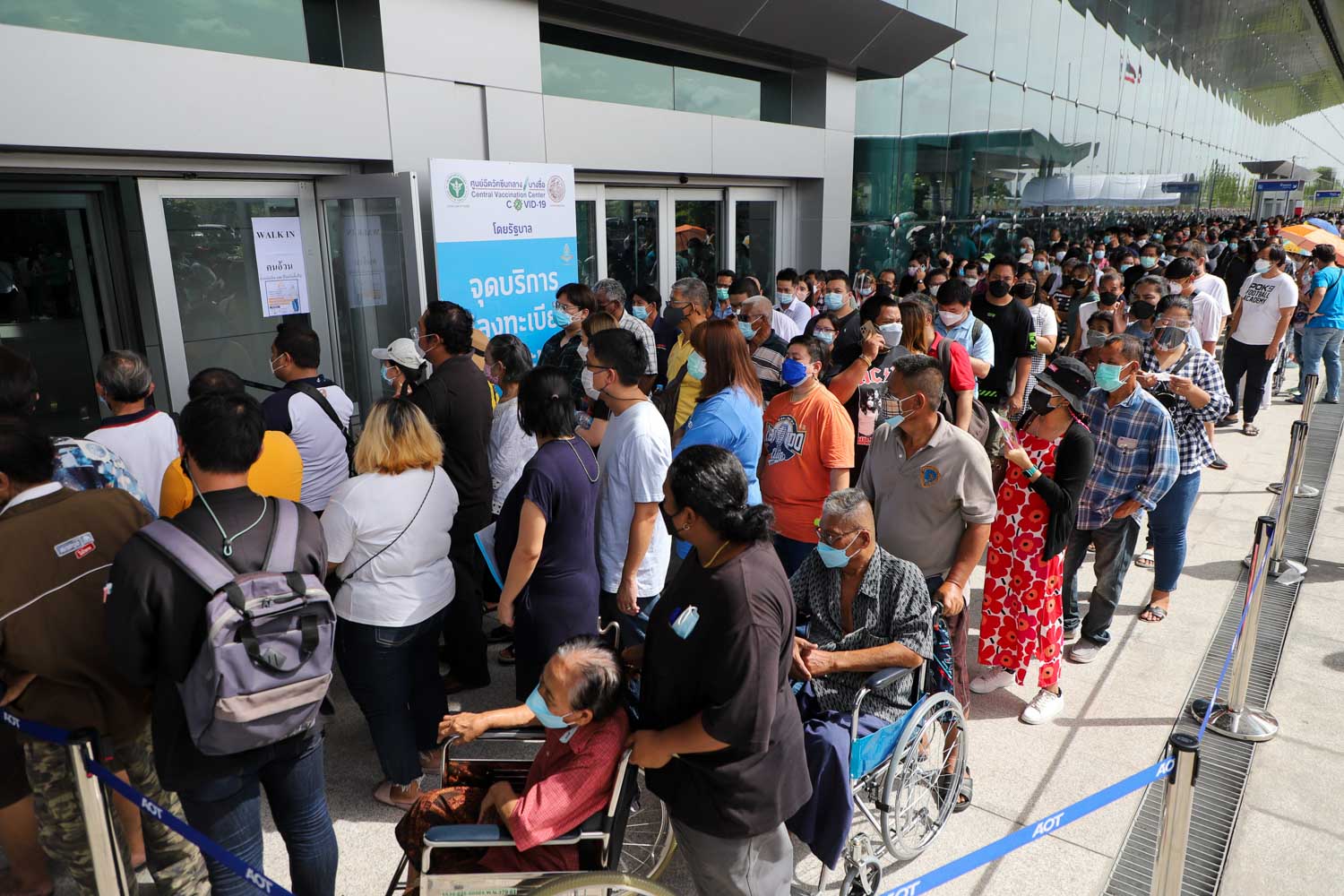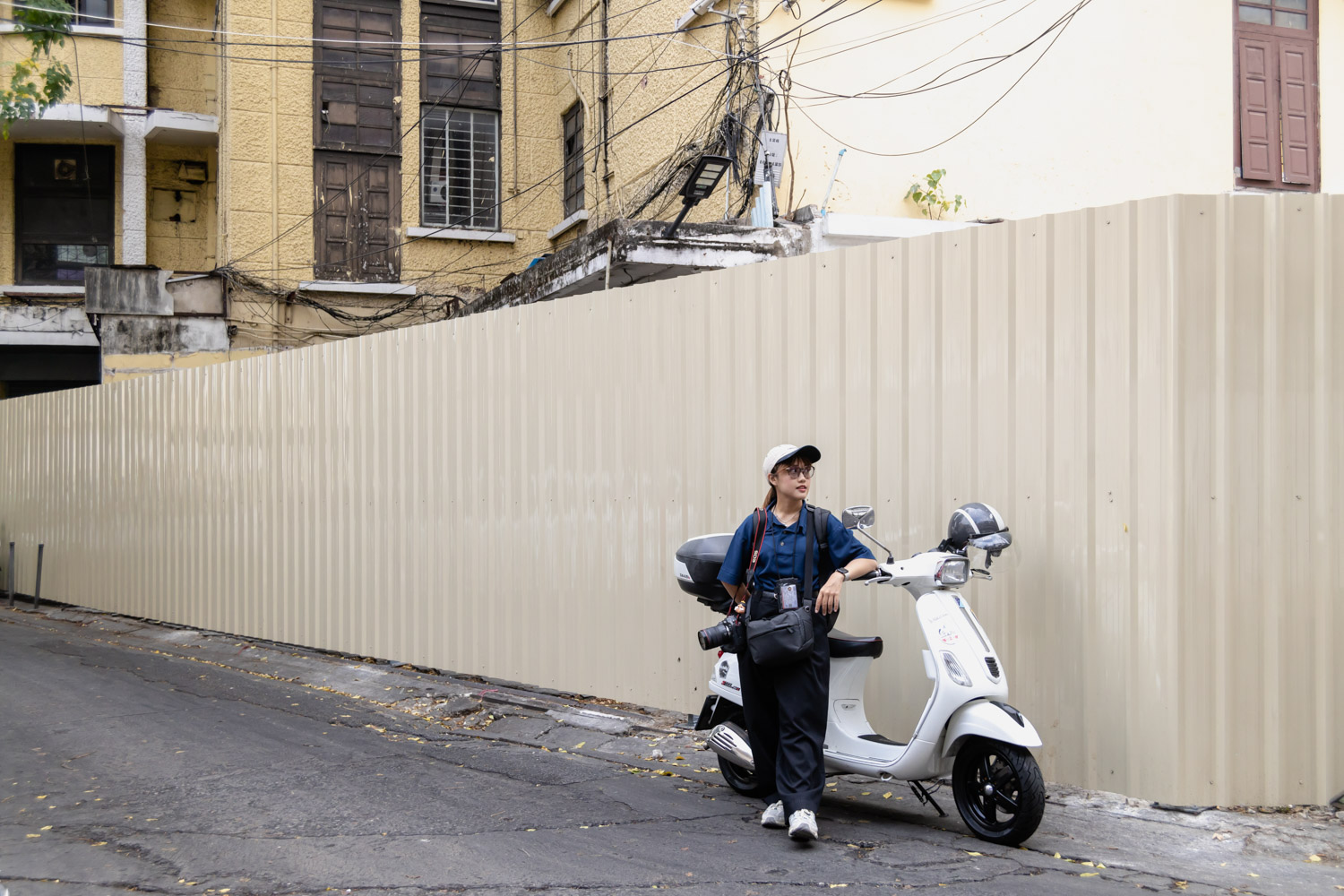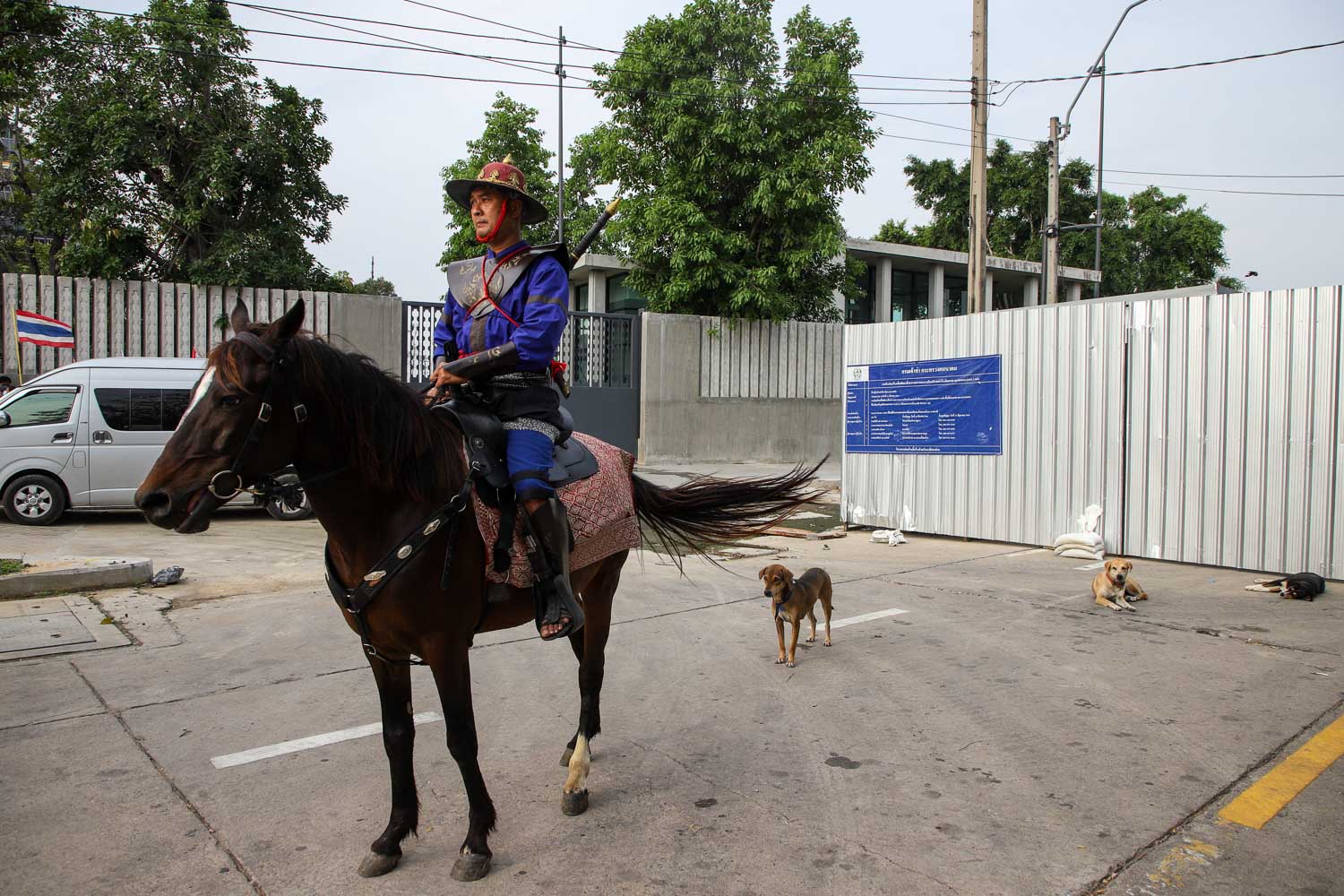GET TO KNOW THE WORK PROCESS OF SAWITA POONSATIEN, THE PHOTOJOURNALIST WHOSE STEP FOLLOWS HER OWN INTERESTS TO BE THE ONE CAPTURING A CRUCIAL MOMENT OF THAI POLITICS
TEXT: NATHATAI TANGCHADAKORN
PHOTO: SAWITA POONSATIEN EXCEPT AS NOTED
(For Thai, press here)
Within the sphere of design and architecture, Sawita ‘Paint’ Poonsatien may not yet be recognized as a prominent figure in photography. However, within the vibrant currents of social media, her striking images have become familiar sights. Her portfolio features a range of memorable visuals—from the assertive single-finger salute of Pita Limjaroenrat, the prime minister candidate to Representative Rukchanok Srinork’s expressive pout, and the evocative plume of smoke from a cannon that captures imaginations with its form. While these photographs have captivated many, the creative mind behind them remains relatively unknown.

Sawita currently lends her talents to THE STANDARD’s Thai news team, where her work is celebrated for its infusion of humor and insight. Originally drawn to the cinematic arts, Sawita pivoted towards still photography, cultivating her aesthetic vision during her academic pursuits. She began to craft her visual narrative through a personal Facebook page, which led to her first professional engagement in journalism as an intern at THE STANDARD—a decision that has since shaped her career path. Her compelling compositions, particularly those depicting political scenes, have captured the public’s gaze. These images oscillate between inducing laughter with their witty commentary and provoking thought through their layered symbolism. As a result, Sawita has risen as a notable figure in photojournalism, making her mark in such a challenging industry with a distinct and influential style, securing her reputation as an exceptional female news photographer with a rare and invaluable perspective.

art4d: As a political journalist, how do you handle bias?
Sawita Poonsatien: I believe everyone has their personal preferences. Many of my photos that became viral memes are still grounded in reality. I don’t use expressions to distort the message. Sometimes, I capture a moment in a split second, but if the image could distort the meaning once released, I choose not to use it. For instance, I once photographed Prime Minister Srettha Taweesin and a young female activist named Yok, who was holding a symbolic sign. In that context, the Prime Minister might have had dry lips and licked them. If I captured that moment, it would look like the Prime Minister was sticking his tongue out at the girl, which would have been misleading. Even though the moment truly happened and I captured it without any manipulation, such images could cause misunderstandings, so I refrain from using them.

art4d: Is there any assignment you requested to cover yourself that you found particularly interesting?
SP: During the COVID-19 period, I had several assignments where the situation evolved significantly after I reported on them. One such example is when I photographed people waiting to get vaccinated—a scene that many are familiar with. Initially, the area looked crowded, but by the next morning, the situation had changed completely.
Another notable assignment during COVID-19 was covering the lockdown of migrant worker camps. These workers were confined for about 30 days. I focused on the Wat Phai Tan camp near my area, which was quite risky since about half of the camp’s residents were already infected with COVID-19. Despite the dangers, I was determined to document the lockdown conditions and illustrate how these workers were living. After spending about a day there, I produced a series of photographs. This assignment provided me with deep insights and a firsthand understanding of their lives, making it a unique project that deviated from my usual work.
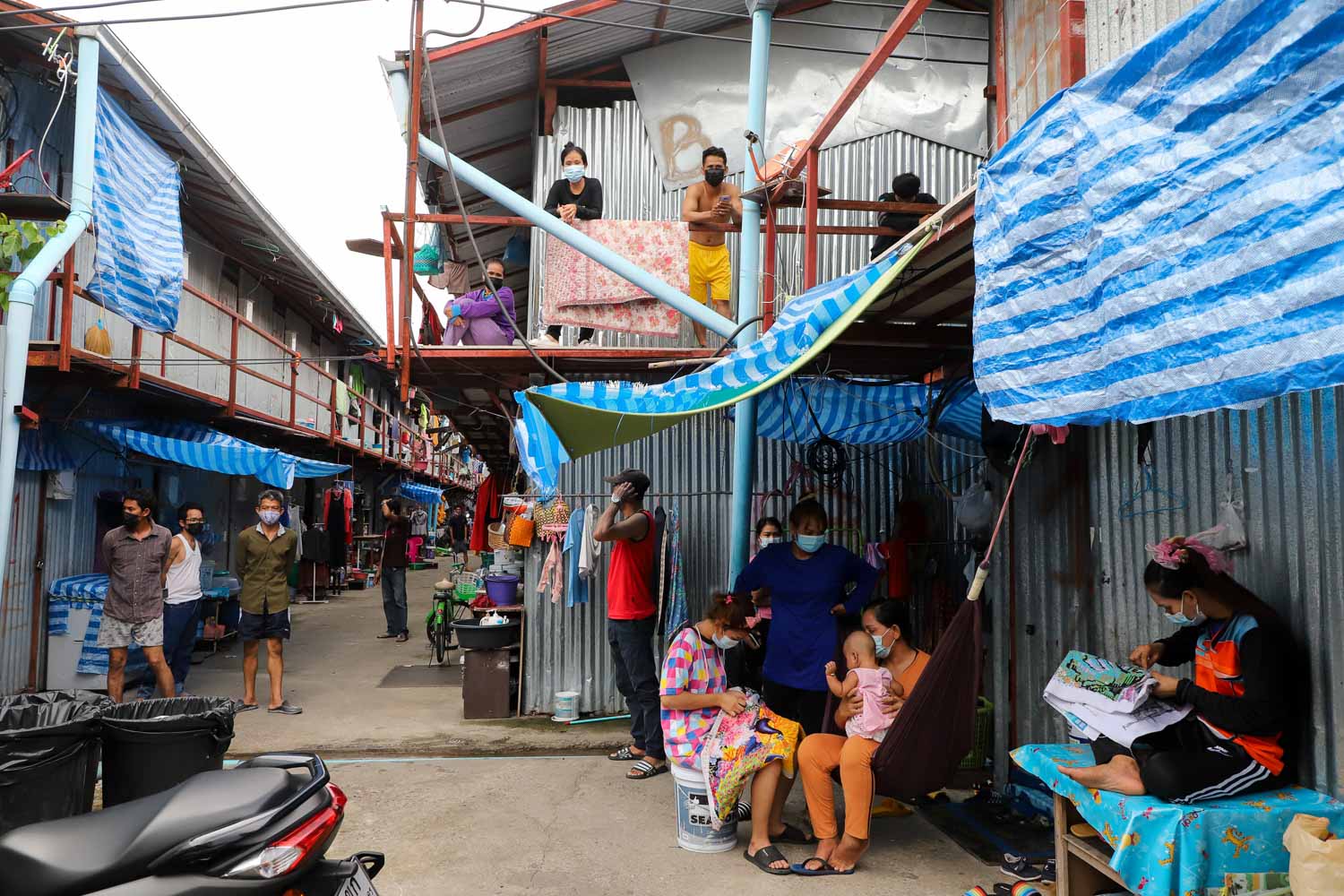
Wat Phai Tan camp during COVID-19 (2021)

Wat Phai Tan camp during COVID-19 (2021)
art4d: Have you ever covered a story where you had to wait for a long time without knowing the final outcome?
SP: Yes, particularly with stories involving prisoners or court cases. In the news industry, we call these assignments ‘low-effort, long-wait’ stories. These are the ones where you only need a brief moment to capture the shot, but you end up waiting all day. For instance, let’s say there’s a political prisoner who is supposed to be released from jail at 5 PM. Journalists would start updating each other, checking if the court has submitted the release documents. We estimate that if the paperwork isn’t filed before the end of the business day, the release will likely be postponed until the next day. Often, people waiting around will have different pieces of information, with one person saying one thing and another saying something else. In the end, you just have to be patient and wait it out. Normally, you’d expect the release to happen within business hours, with the latest being 5 PM. But in reality, some releases have happened as late as 10 or 11 PM.
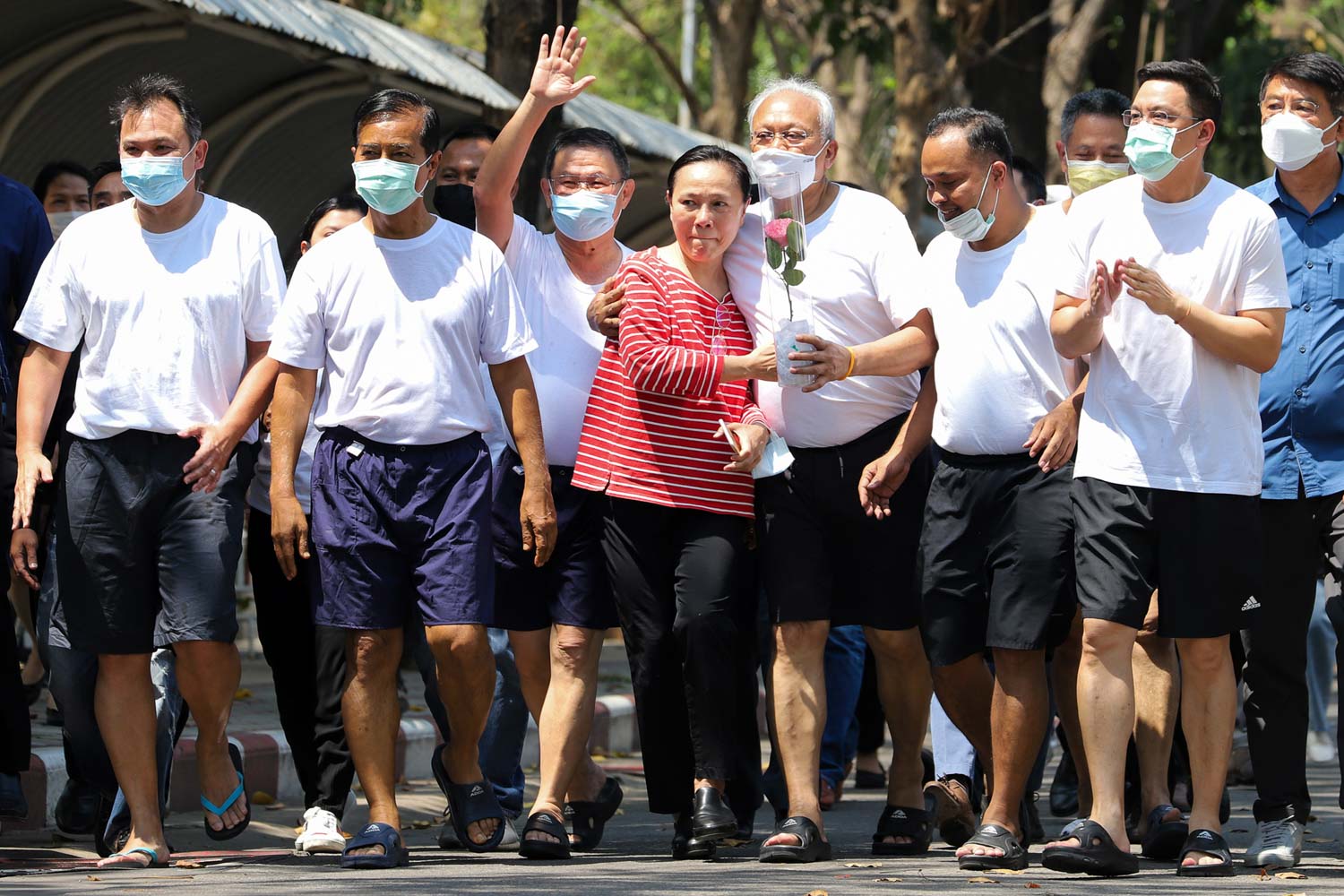
art4d: You often say you want to capture images that can’t be staged. Have you ever encountered a situation where nothing could be staged?
SP: I think the release of political prisoners is a prime example. When prisoners are released from jail, the scenario varies—some walk out, others leave in a car. If they leave in a car at night, it can be so dark inside that you can’t see who it is. Sometimes, they won’t roll down the window for a photo. Even if someone does roll down the window, everyone rushes in like hungry zombies trying to get the shot. The moment one person lifts their camera, the view is almost entirely blocked. I’ve been to these releases and ended up with just one or two usable photos. In the end, you have to make do with what you get.
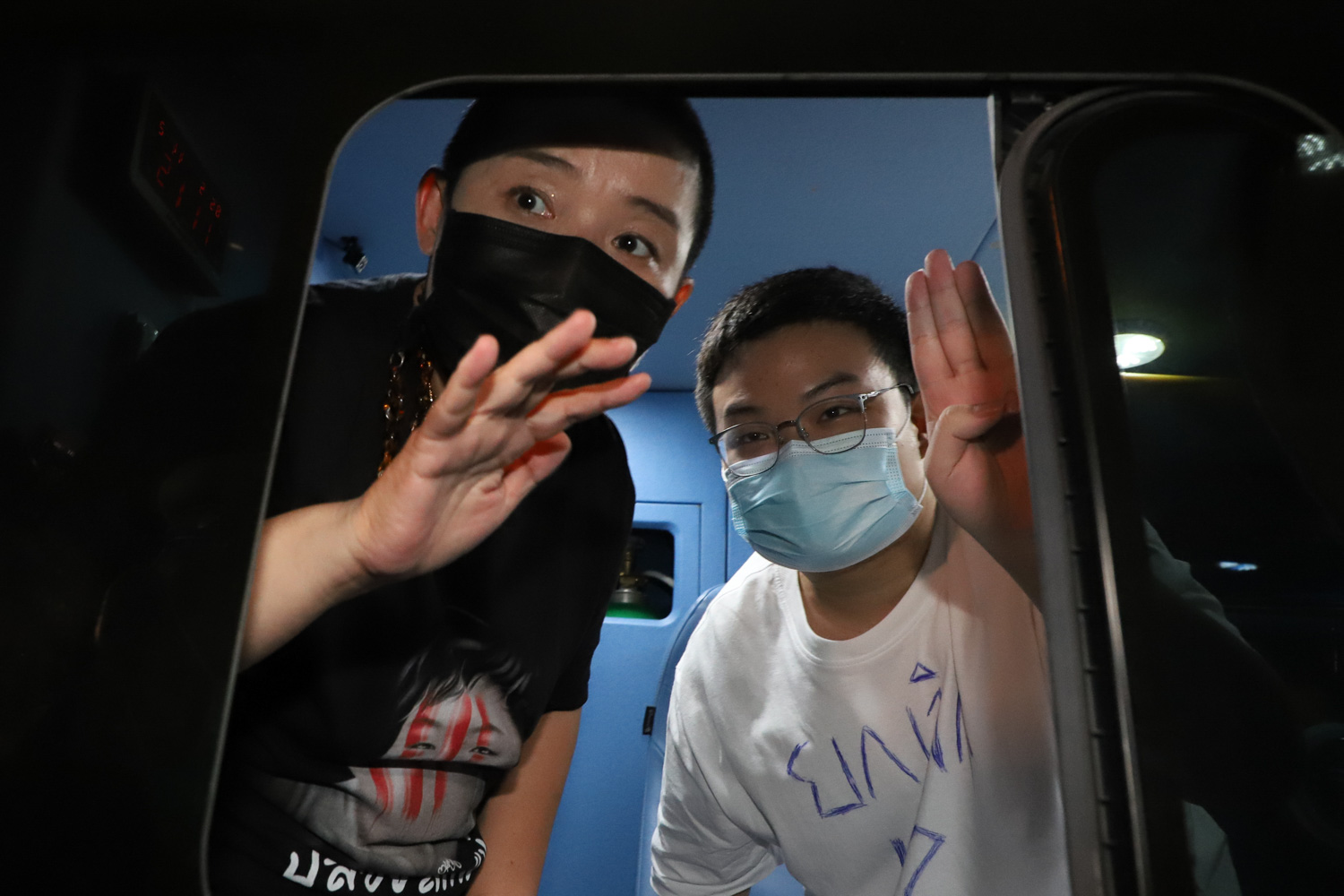
art4d: When you’re covering an assignment or an event that doesn’t show any sign of ending, do you rely on your journalistic instincts?
SP: Among close friends, we say, ‘I’m full today,’ meaning we’ve got enough decent shots, and even if I stay longer, there probably won’t be anything more happening. For mob protests where unexpected incidents could occur, I have to constantly assess the situation myself. Sometimes if I can’t decide, I might need to consult the desk on whether I have enough or should head back. If it becomes too dangerous, our team will evaluate whether it’s worth the risk. In such cases, we might opt to buy photos from agencies like Thai News Pix or Getty instead.
art4d: The observant nature is like a journalist’s weapon, has it ever affected your daily life?
SP: Personally, I’m quite an animal lover. Sometimes my observant nature is too sharp, and I accidentally notice dead animal carcasses on the road since I ride a motorcycle. Sometimes it’s a dead bird or a squashed rat. I don’t want to see these things, but I’m just too observant, to the point where I often end up seeing things I’d rather not.
art4d: Apart from news photography that involves people, have you tried shooting anything else?
SP: I’ve shot food and product pack-shots. When I first interned at THE STANDARD, I told them I was training in the main section but wanted to try other areas too. If any other department was short-staffed, they could call me for still photography jobs. Back then I took photos of cafes and food. But it didn’t feel right, it wasn’t fun. Without people, I couldn’t figure out how to compose the shots properly. Since I was new to food photography then, I just didn’t enjoy it so I stopped. If I had persisted seriously for longer, I may have gotten better. But that first impression told me it wasn’t for me.

art4d: Do you consider adding humorous elements to your photos a personal hobby?
SP: It’s more that I just happen to notice them. Maybe it’s because I’ve consumed a lot of this kind of content. When I was in middle school, there was a school page that posted funny photos of student athletes or activities, right? Sometimes there are unintentionally comedic moments. Since I’ve absorbed so much of that, when I go out shooting and see a moment like that, I immediately think – this angle looks like a meme. I feel as if memes are powerful for communication. Just changing the text on an original image can make it hilariously different. I think it’s cool, so when working, I feel injecting that humor can make my photos stand out, and viewers can have that shared experience.
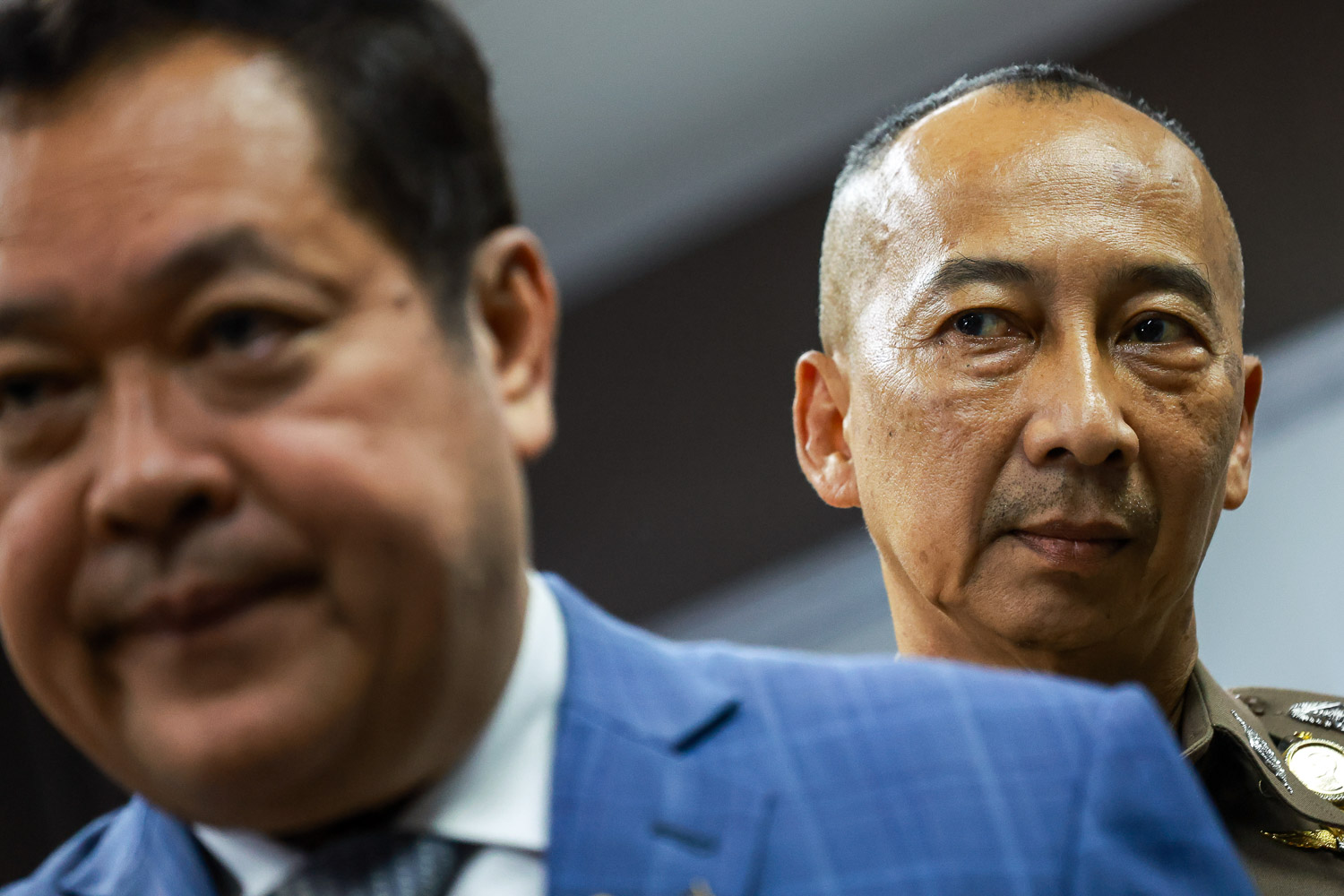
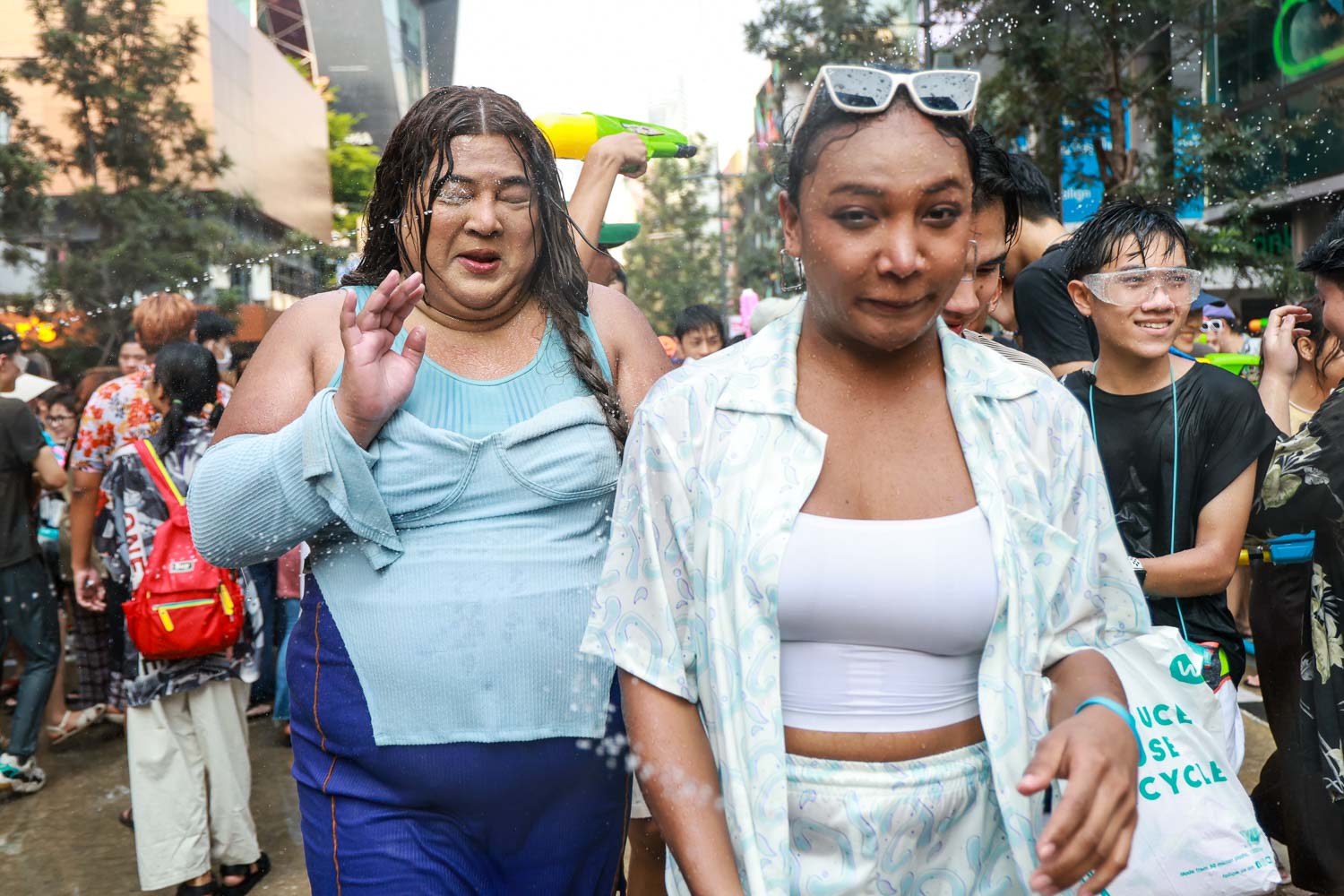
art4d: As a news photographer, what is your perspective on films?
SP: It’s like they say, ‘If you study filmmaking, you won’t enjoy watching movies anymore.’ When I was studying, I’d watch and start analyzing—how did they shoot this angle? But now I can just enjoy them. Sometimes I notice a powerful or meaningful scene, and adapt those angles into my own work occasionally. Personally, I’m into crime investigation series or revenge stories, with moods close to the context of my job – like political films, or series focused on a particular profession. Like a scene of a judge walking into court – not something you see often.
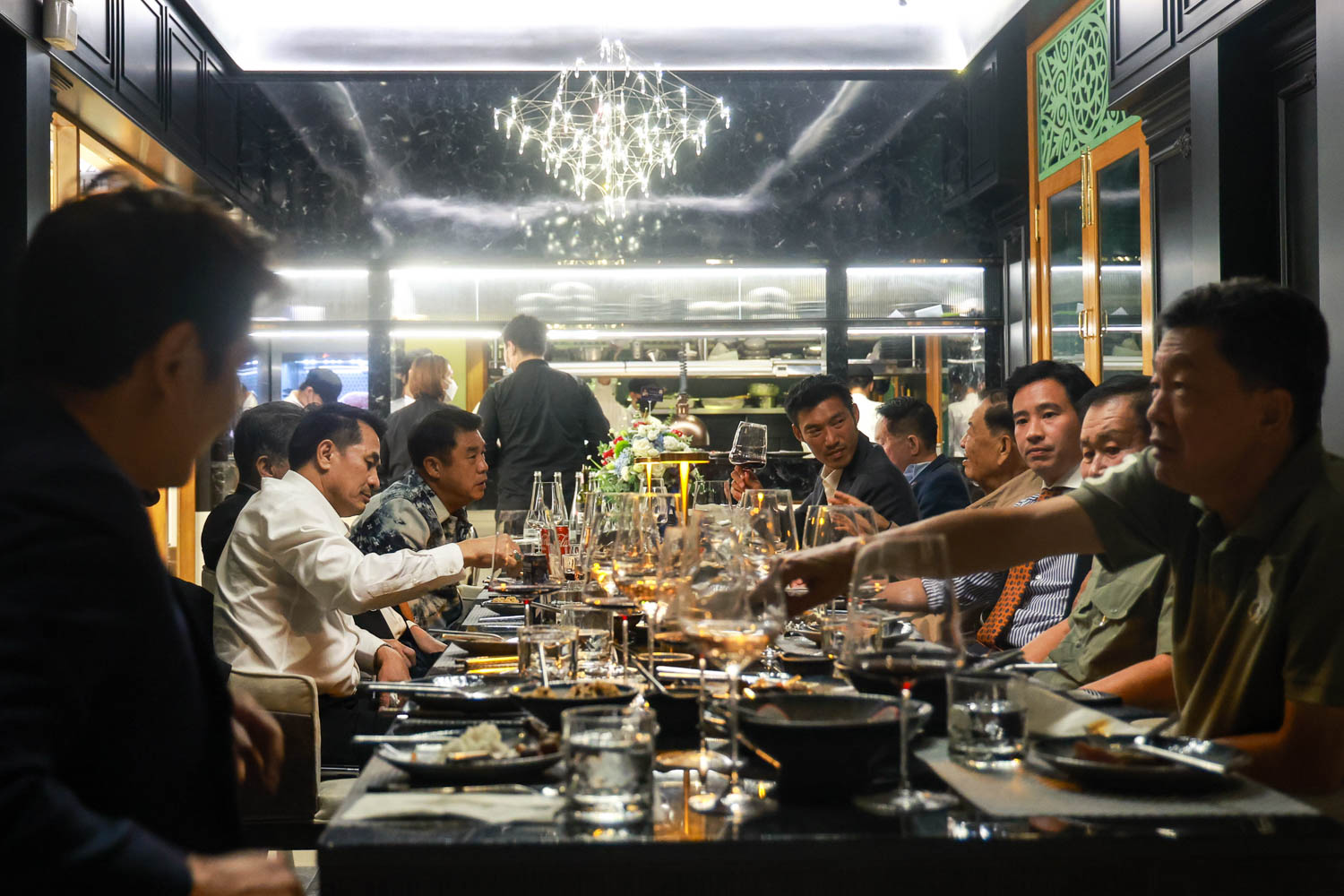
The dinner before signing a memorandum of understanding (MoU) for the establishment of Thai government (2023)
There’s one scene that really resonated with me from ‘Twenty Five Twenty One’ – it wasn’t very impressive, but reflective. Towards the end, there’s a scene where Ko Yu-rim chooses to change nationalities and faces societal backlash, plus there were paparazzi chasing her until she had to seek refuge with the female lead. Watching that, I lowkey wondered if I’d ever acted like that (the paparazzi chasing Ko Yu-rim). I don’t want to be like that, so after that, I became more self-aware when working.
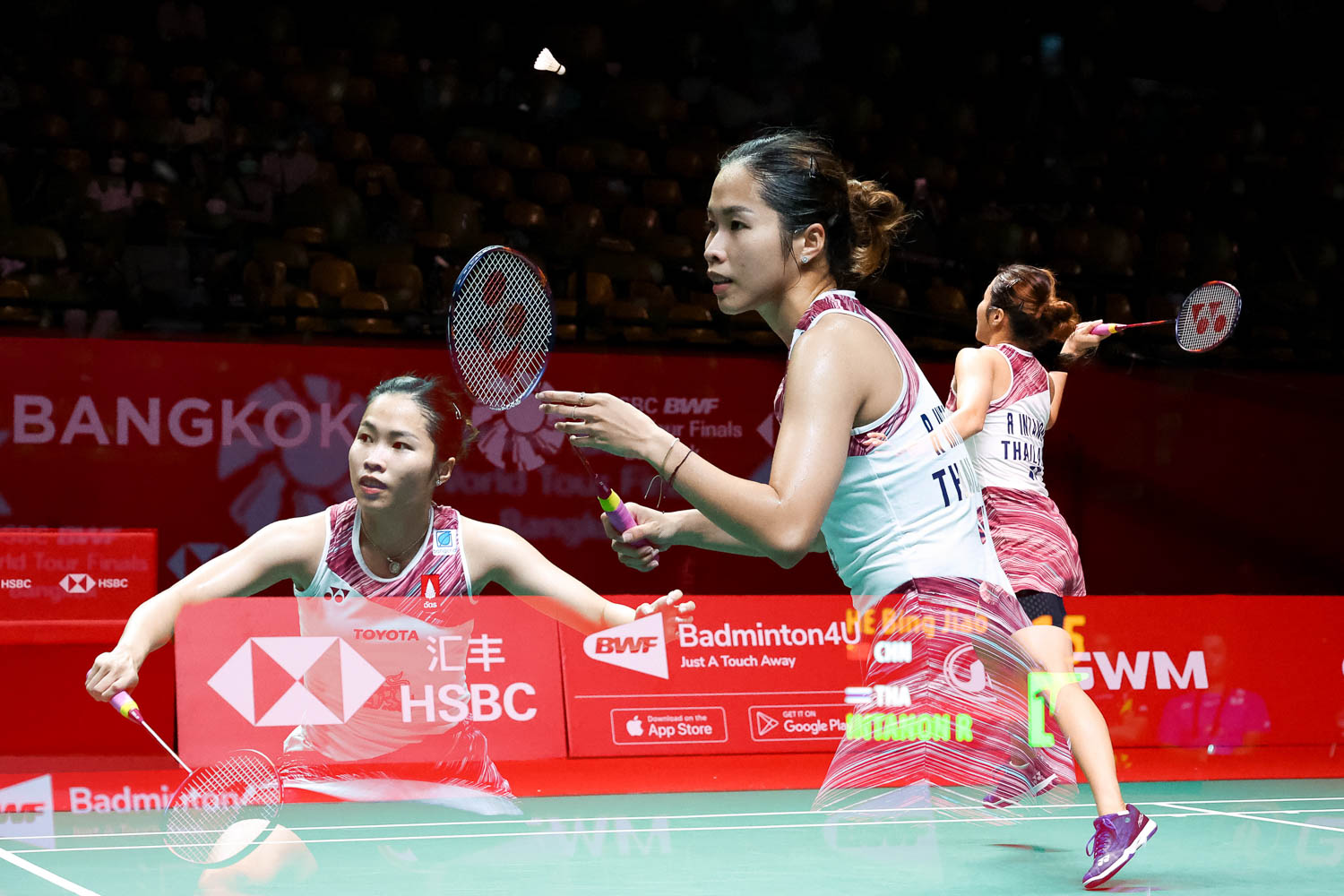
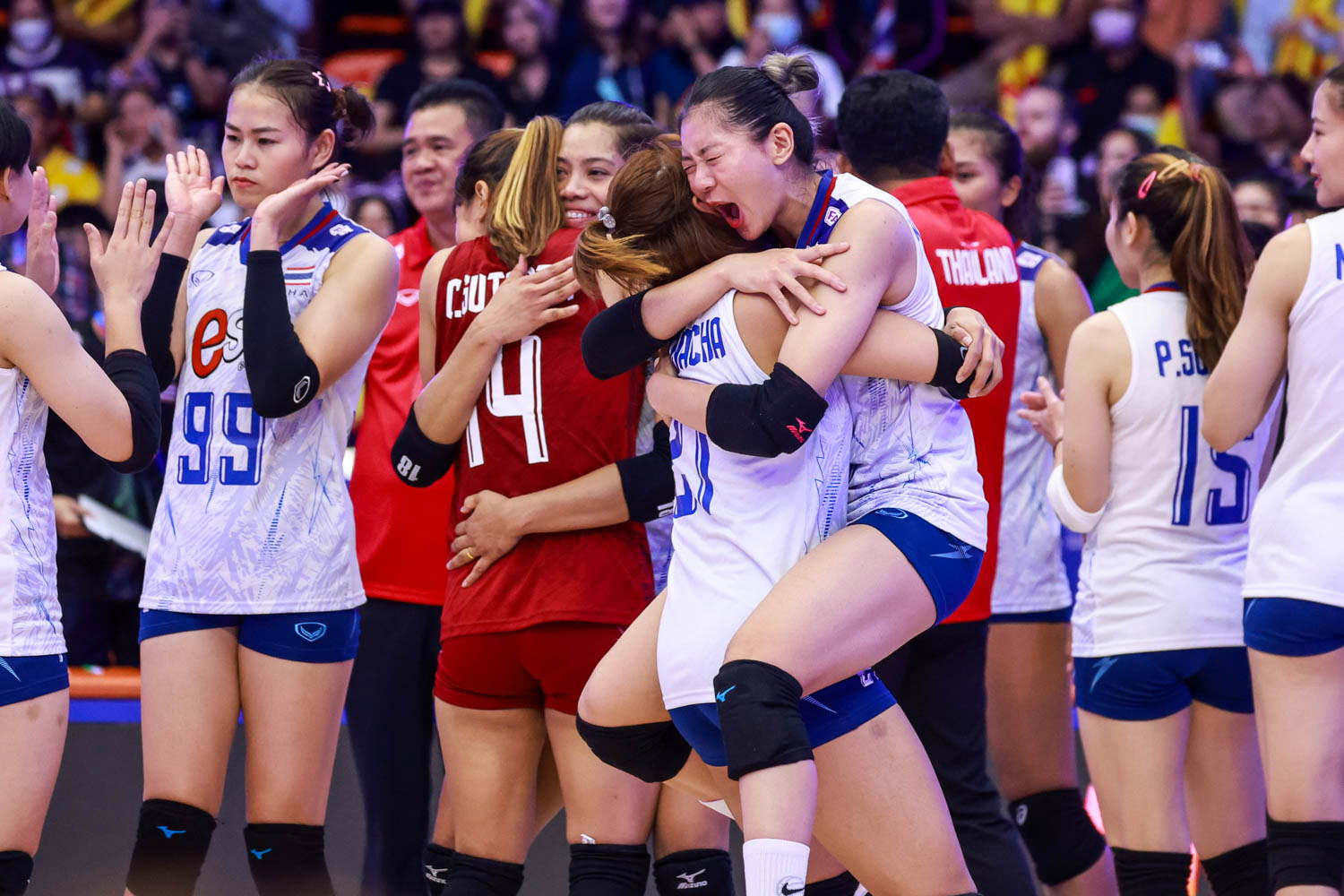
art4d: Does being a news photographer take a toll on your health?
SP: This work requires lugging around quite heavy equipment, so shoulder and back pain inevitably comes with the job. If I was shooting a different genre, I might only need to carry a camera without having to haul a laptop. But for news photography, I have to be equipped with a camera, multiple lenses, chargers, and a Macbook on my back at all times. Another occupational hazard is the constant exposure to sun and wind, necessitating that I always wear a hat, sunglasses, and use a black tinted lens. It gets even tougher when dusty conditions are thrown into the mix.
art4d: Looking ahead, what are your future career aspirations?
SP: I think I’ll continue down this path of news photography. Currently, I work under the Thai news desk focusing primarily on politics and social issues, but I also get opportunities to photograph for entertainment and sports events. However, looking further ahead, I’d love to specialize more in sports or entertainment photography. My goal is to become versatile across all genres while maintaining that solid news foundation. Right now, being under this particular division means shooting a lot of political events. But truthfully, I enjoy capturing all facets of the news.
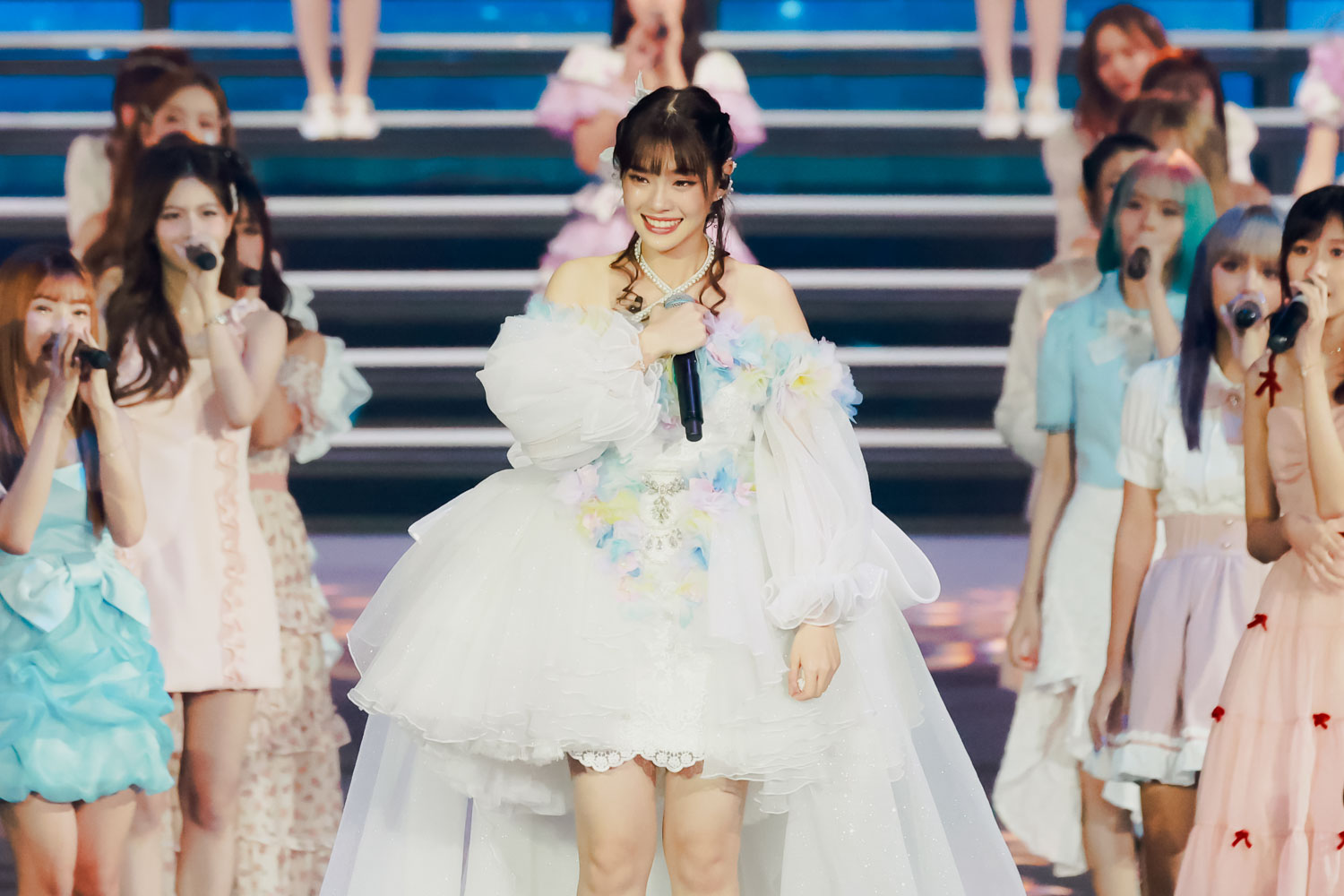

art4d: What advice would you give to someone who wants to pursue this career?
SP: Start by photographing things close to you. Enhance your observational skills, and don’t wait for the perfect moment or a special trip. Photograph local activities or events, or set assignments for yourself to ensure you go out and take pictures regularly. The essence of news photography is to create images that tell a story. While journalists write text to describe who did what, where, when, and how, we need to make sure our photos can convey the story almost without needing any text. If you can do that, building on your skills from there becomes much easier.
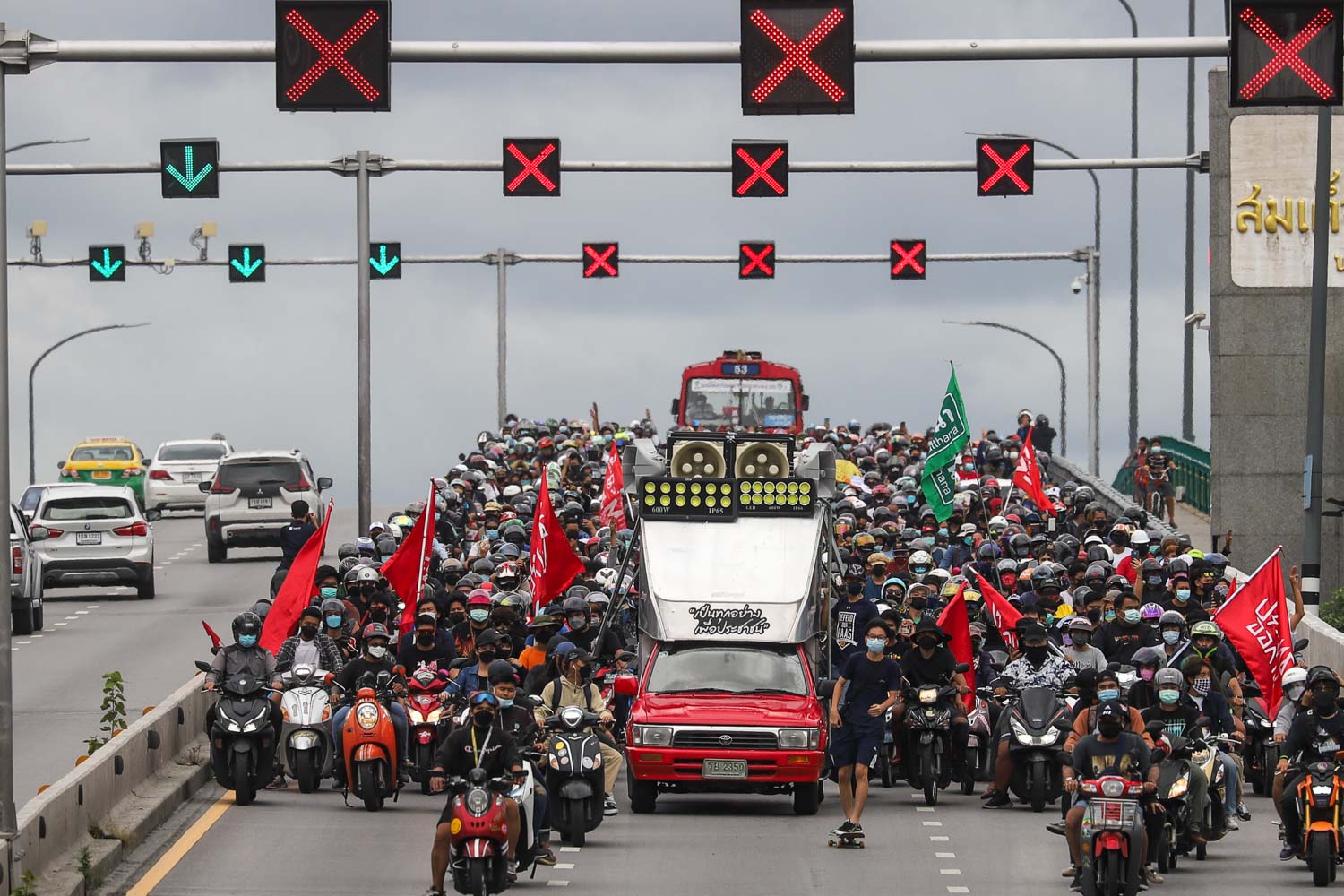

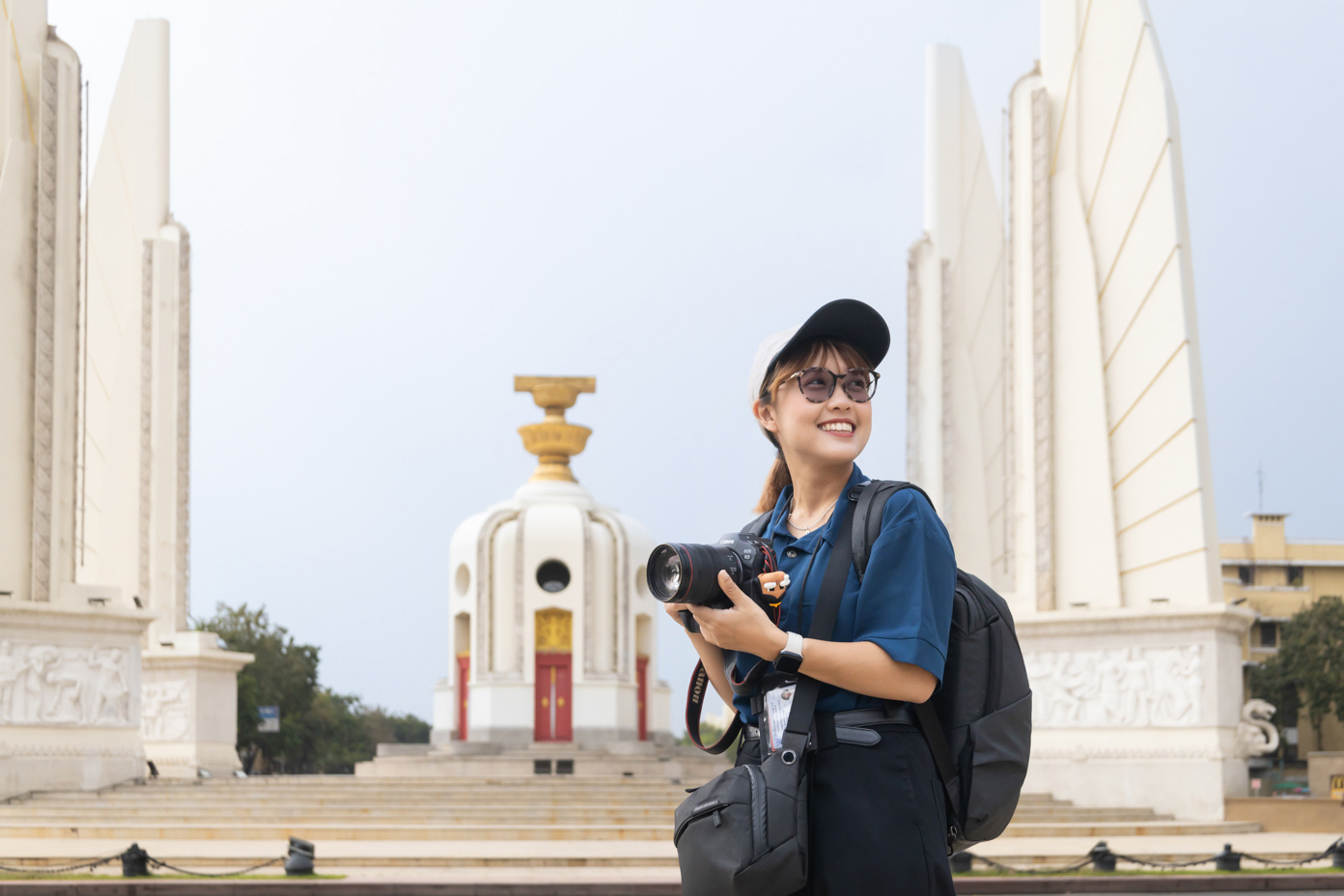 Photo: Ketsiree Wongwan
Photo: Ketsiree Wongwan 

